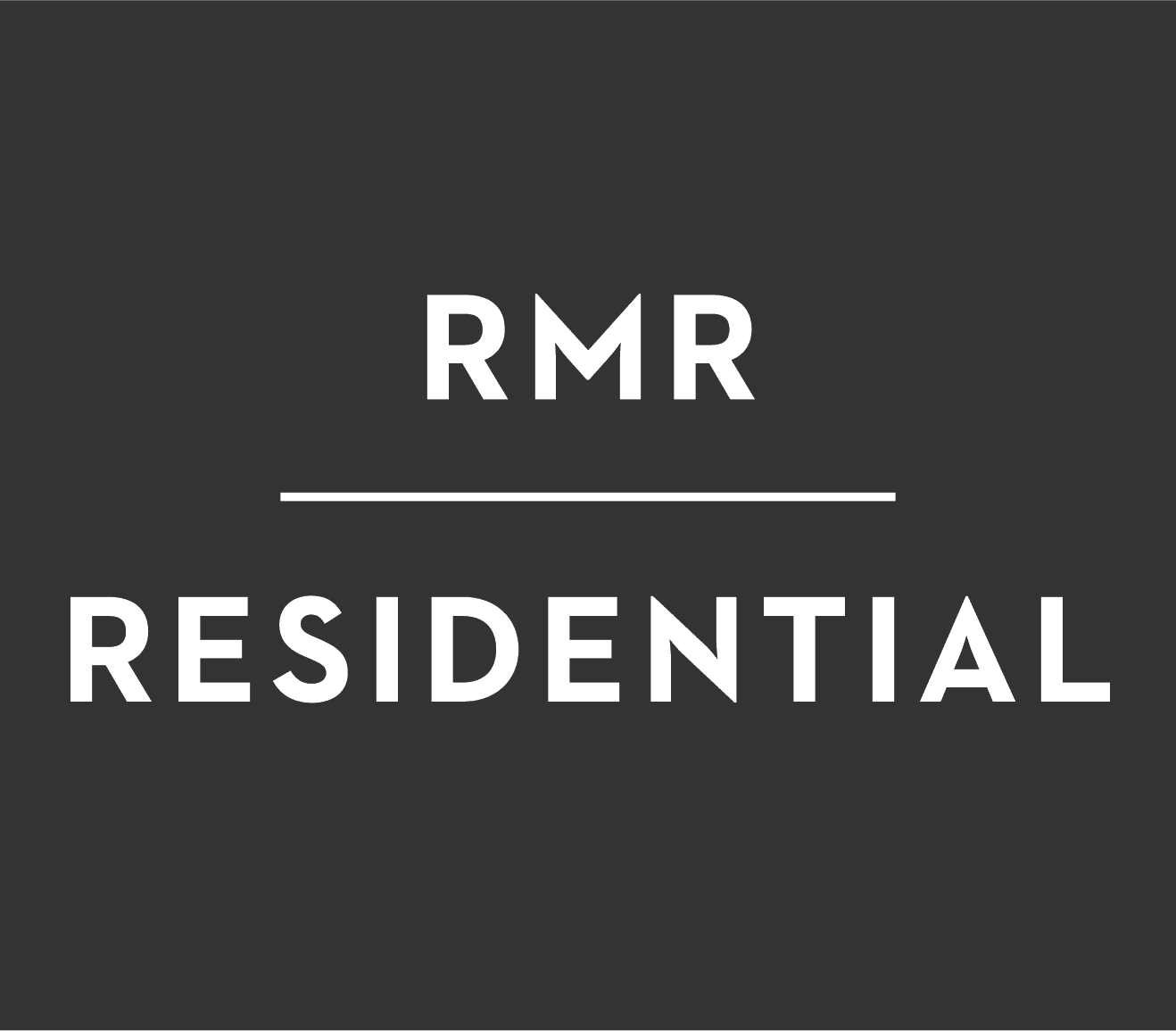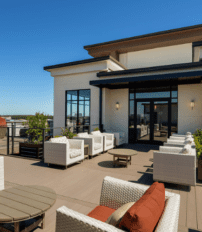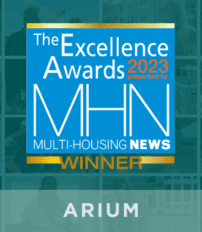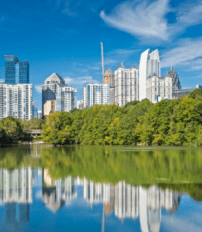Post-Pandemic Preferences: What Do Renters Really Want?
As the world reopens, there is a renewed sense of normalcy. But what does that mean for today’s renters and their preferences?
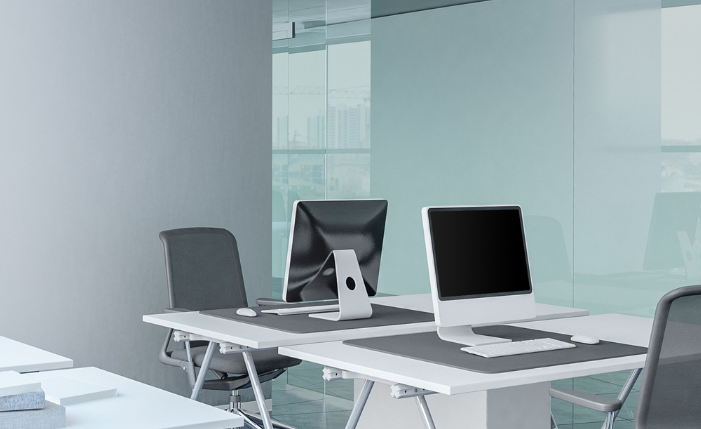
When the pandemic first struck in 2020, it’s no secret that lives and behaviors were changed overnight. Long-standing habits and ordinary social interactions were no longer part of everyday life, and people were forced to reconsider priorities and needs. No need, perhaps, was under more scrutiny than one of our basic necessities: housing.
For millions of renters across the country, the shelter to comfort to sanctuary ratio was quickly thrust into the limelight as home became our everything. Renters were forced to assess their relationships with their apartment communities, as well as their relationships – and safety – with their in-unit and community amenities. For many renters, particularly those with office jobs, time spent commuting and working from an office was replaced with staying home to telework, exercise, and relax. Even today, Pew Research found that “59% of employed Americans whose job duties could be performed remotely reported that they were still working from home all or most of the time.”
Thankfully, with vaccinations and a deeper understanding of COVID, the world has begun to reopen and there is a renewed sense of normalcy. But what does that all mean for today’s renters and their preferences? Are people comfortable with shared spaces or do they still gravitate toward solo experiences? One thing we do know is that renters want more than a space for remote work, they also want a space that fits in with their new post-pandemic lifestyle that is defined by flexibility and convenience.
Location
Despite the uptick in teleworking, many renters still value having apartments that are in proximity to major employment hubs. Part of this stems from companies offering hybrid work schedules, as well as many employees choosing to work in-office, even after being presented the opportunity to work fully remote. Beyond easy access to employment hubs, renters still value apartments that are close to airports, restaurants, entertainment, and outdoor spaces – especially after the recent reprioritization of work-life balance.
Spaces Conducive to Teleworking
Paralleling the rise of work from home is the need for a living space that can also function as a home office. Ground-up developers are meeting this demand by designing units and common areas that are more conducive to teleworking, factoring in spaces for in-unit offices and options for work spaces beyond their unit such as work booths, micro-suites, conference rooms, and cyber lounges. Bottom line: today’s renters want to have choices when it comes to where they physically work – whether it’s at their company’s office, a home office, or in a communal space at their community.
Upgraded Amenities
The “standard” amenities of old are no longer enough to satisfy today’s renters. Renters now demand high-quality community amenities that are upgraded and reflect modern advances in technology. For example, instead of stationary bikes, many renters want access to interactive equipment and wall-mounted fitness devices that offer on-demand workouts. These individualized workouts represent the shift from group fitness classes – which were popular pre-pandemic – to solo workouts that can be completed any day at any time. Even the parking garage is getting an upgrade. The rise of hybrid and electric cars has brought about the need for charging stations in addition to parking spots. Not only do these installations add convenience for EV owners, but they also align with an increasing charge for sustainable practices for owners and operators.
In-Unit Washers and Dryers
When states across the country issued lockdown orders in 2020, many renters who relied on laundromats or shared laundry rooms to wash their clothes were faced with a dilemma: where could they safety do their laundry while abiding by social distancing guidelines? On top of this was a national coin shortage – making the chore of doing laundry even more difficult for those who used coin-operated machines. Simply put, relying on laundromats or shared laundry rooms no longer fit into the lives of many renters during the pandemic, resulting in newfound dissatisfaction. Today, the “average renter is more than willing to add $60 to their monthly rent to not haul their laundry to friends’ houses or public laundromats” (according to an article from the American Apartment Owners Association). This finding closely aligns with 2022’s NMHC/Grace Hill Renter Preferences survey, which reported 92% of renters seek in-unit washers and dryers and are willing to pay a $54.73 monthly premium.
The value of convenience is a premium that is being reflected across a number of areas. Home is proving to be a sanctuary, and renters are willing to pay a premium for certain amenities that include:
- • Washer/dryer in-unit (92 percent of renters interested / $54.73 monthly premium);
- • Air conditioning (91 percent / $54.73);
- • Soundproof walls (90 percent / $46.21);
- • High-speed Internet access (89 percent / $47.93); and
- • Walk-in closet (88 percent / $43.46).
As renters continue to navigate a world that is drastically different than pre-pandemic life, one theme remains constant: today’s renters have high expectations when it comes to the place they call “home.” The rise in Americans who work remotely or who have hybrid schedules is a big part of it, but so is the newfound desire – and demand – for flexibility and convenience as renters try to establish a new normal that aligns with their new post-pandemic lifestyle.
